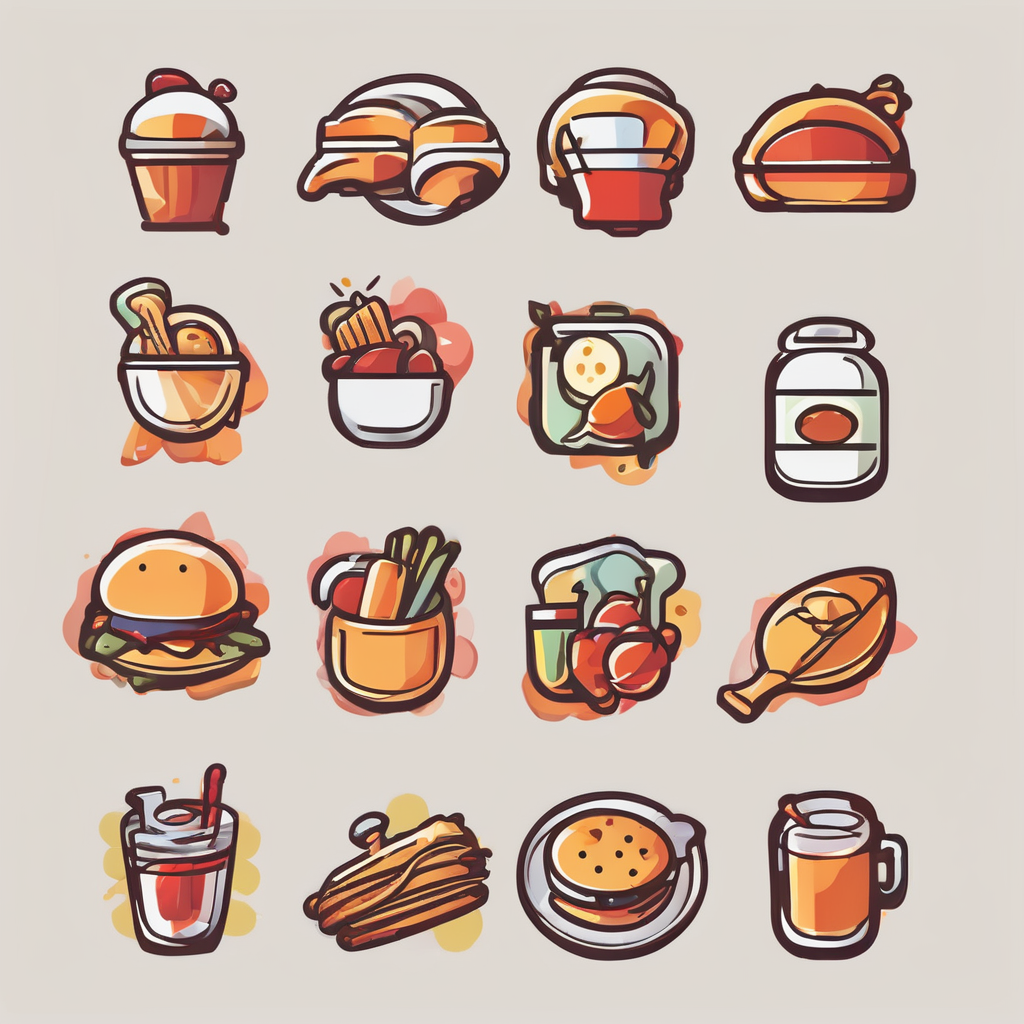Stylish Layout Ideas for a Pet-Friendly Kitchen
Designing a pet-friendly kitchen requires thoughtful consideration of kitchen layout and functionality. An open layout not only maximizes space but also accommodates pets comfortably, allowing them to move freely without obstructing daily kitchen activities. Such a design ensures that both cooking and pet areas are distinct yet harmonious.
Incorporating zones specifically for cooking and pet activities helps maintain order and safety. For instance, designate a corner for feeding, away from high-traffic cooking areas. This separation minimizes the likelihood of tripping and ensures a clear kitchen pathway, crucial for preventing accidents, especially when pets are scurrying about during meal preparations.
Additional reading : Designing Your Ideal Kitchen Layout: Effortlessly Blending a Mudroom for Peak Efficiency
Safe pathways are another essential consideration. Arrange furniture and appliances to create unobstructed routes through the kitchen. Encourage designing paths with durable and non-slip flooring materials to further reduce the risk of slips for both pets and humans. This strategic organization not only enhances safety, but also enhances the kitchen’s overall flow and functionality.
Making these thoughtful layout choices aligns with a pet-friendly design ethos, ensuring the kitchen remains a welcoming and secure space for all household members.
Also to discover : Ingenious Corner Cabinet Storage Hacks: Discover Innovative Ways to Maximize Space Effortlessly
Materials for Easy Cleaning and Aesthetic Appeal
Selecting the right kitchen materials is crucial for maintaining both style and practicality in a pet-friendly environment. Prioritizing easy-to-clean surfaces ensures that messes from pets don’t become a daily headache. Durable and stain-resistant countertops, such as quartz or solid surface materials, are excellent choices. They withstand scratches and resist stains, maintaining their appearance even amidst frequent clean-ups.
For flooring, tile is a highly recommended option. Its easy to clean nature and resistance to moisture make it ideal for kitchens where spills are common. Furthermore, tiles offer a variety of styles and patterns, allowing homeowners to choose designs that complement their overall aesthetic. This balance between functionality and style keeps the kitchen looking fresh and modern without compromising practicality.
Non-toxic finishes are another consideration to enhance kitchen safety for pets. These finishes ensure that surfaces remain free from harmful chemicals, safeguarding pets who might come into contact with them. Opting for paints and sealants with low volatile organic compounds (VOCs) contributes to a healthier living environment, ensuring that both humans and pets can safely enjoy the space without hidden health risks.
Functional Storage Solutions for Pet Items
Modern kitchens demand creative storage solutions to blend seamlessly with daily routines, especially when accounting for pets. Designing built-in storage for pet food and supplies ensures that these essentials are always at hand yet neatly organized. Custom cabinets or drawers can be integrated into the kitchen design, providing convenient access while maintaining a clutter-free environment.
Incorporating stylish hooks and racks offers a practical solution for organizing pet accessories such as leashes or grooming tools. These can be strategically placed near entrances or within easy reach in the kitchen, minimizing time spent searching for items. Hooks and racks not only serve a functional purpose but also contribute to the kitchen’s aesthetic, offering a chic way to display pet essentials.
For those looking to preserve the kitchen’s visual harmony, consider creating hidden storage areas. Cabinets with pull-out bins or drawers with dividers can keep pet items hidden while staying accessible. This approach complements the overall kitchen design, ensuring a harmonious balance between functionality and style. Emphasizing thoughtful storage ensures a pet-friendly design that adapts to the needs of both pets and their owners, seamlessly integrating into daily routines.
Enhancing Safety and Comfort for Pets
The integration of pet safety features in kitchen designs is paramount for creating a secure and comfortable environment for your furry friends. A notable consideration is the implementation of non-slip surfaces to mitigate the risk of accidents. Flooring options like rubber or treated tiles provide an ideal grip, ensuring your pets can roam freely without slipping. Beyond preventing falls for pets, these surfaces are equally beneficial for humans.
Temperature control is another critical aspect of kitchen comfort for pets. The kitchen should maintain a stable climate, avoiding extreme temperatures which can affect pets’ well-being. Consider underfloor heating systems or tactically placed rugs in cooler areas to provide warmth in colder climates.
Integrating dedicated pet feeding stations within kitchen designs not only enhances convenience but also maintains order. Situated in low-traffic areas, these stations can be a stylish addition, featuring custom cabinetry or slide-out trays for bowls. Ensuring these spots are strategically placed prevents disturbances during cooking, promoting a peaceful coexistence in a bustling kitchen. Each of these solutions collectively contributes to a harmonious, safe, and pet-friendly environment, catering to the needs of every household member.
Design Inspiration: Chic Kitchens that Accommodate Pets
Crafting a pet-friendly kitchen involves blending style with functionality, offering inspiration for those keen on chic, practical designs. Showcasing stylish pet furniture can elevate the aesthetic, demonstrating how pet items need not compromise a kitchen’s allure. Look for elegantly designed feeding stations or pet beds that integrate seamlessly with your decor.
Utilizing color schemes that cleverly disguise fur and mess ensures the kitchen remains visually pleasing. Opt for shades and patterns that complement pets’ fur, making it less noticeable. This approach minimizes the visual impact of shedding and blends seamlessly with modern decor styles, maintaining the kitchen’s sleekness.
Real-life examples of pet-friendly kitchen designs offer invaluable insights. For instance, celebrity kitchens often highlight how to maintain elegance while accommodating pets. They incorporate innovative features such as custom pet-feeding drawers or luxury pet areas that showcase a harmonious coexistence of style and pet accessibility.
For more ideas, design magazines frequently feature home tours that provide additional kitchen inspiration. These articles often illustrate how to balance aesthetics and practicality, reinforcing that a pet-friendly kitchen need not sacrifice sophistication for functionality.
